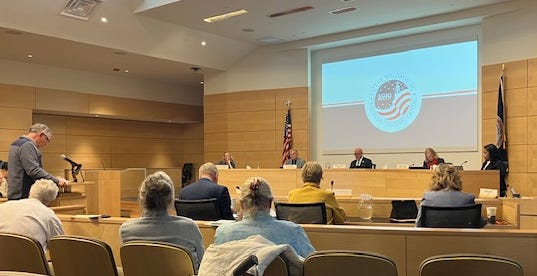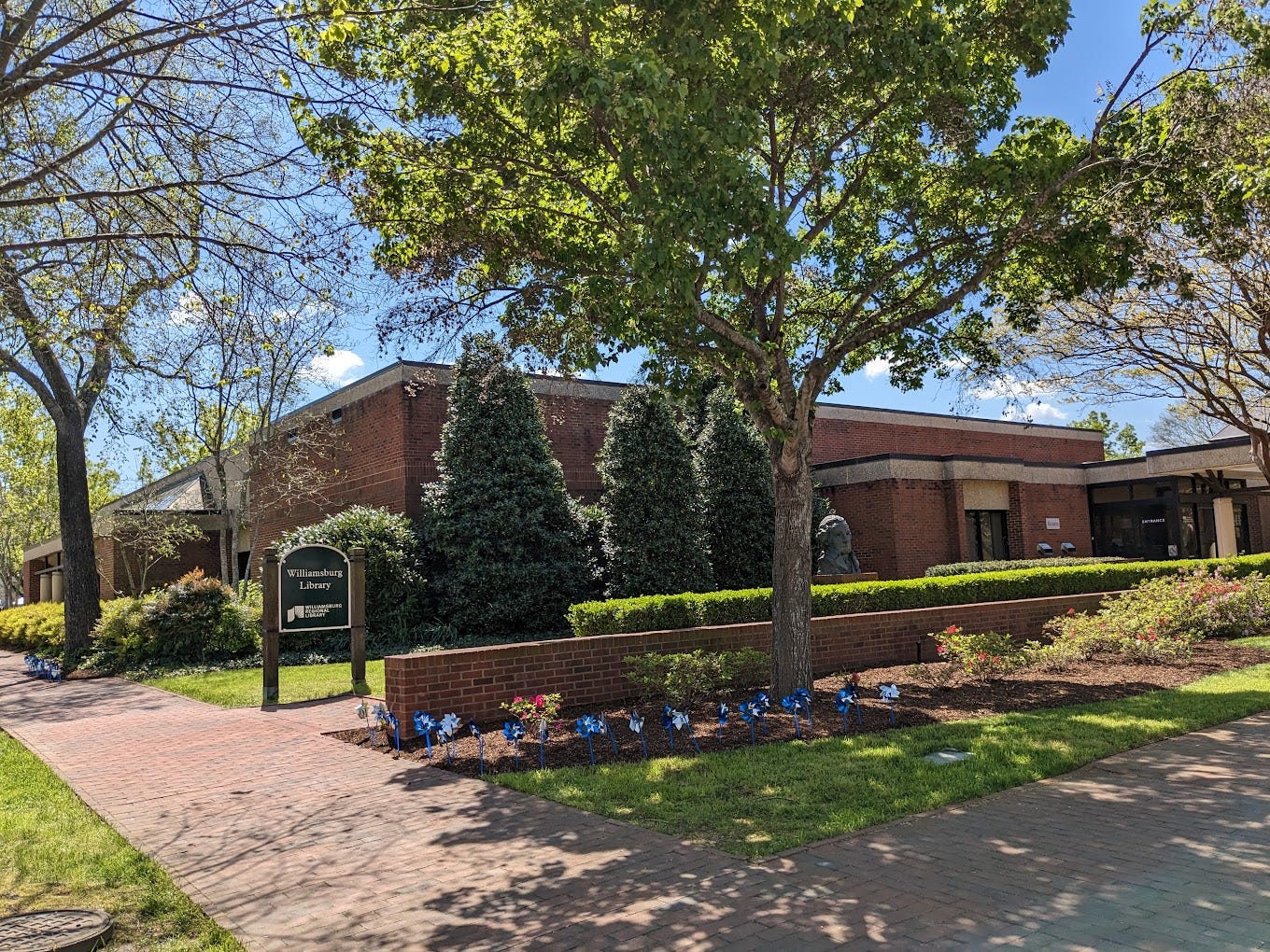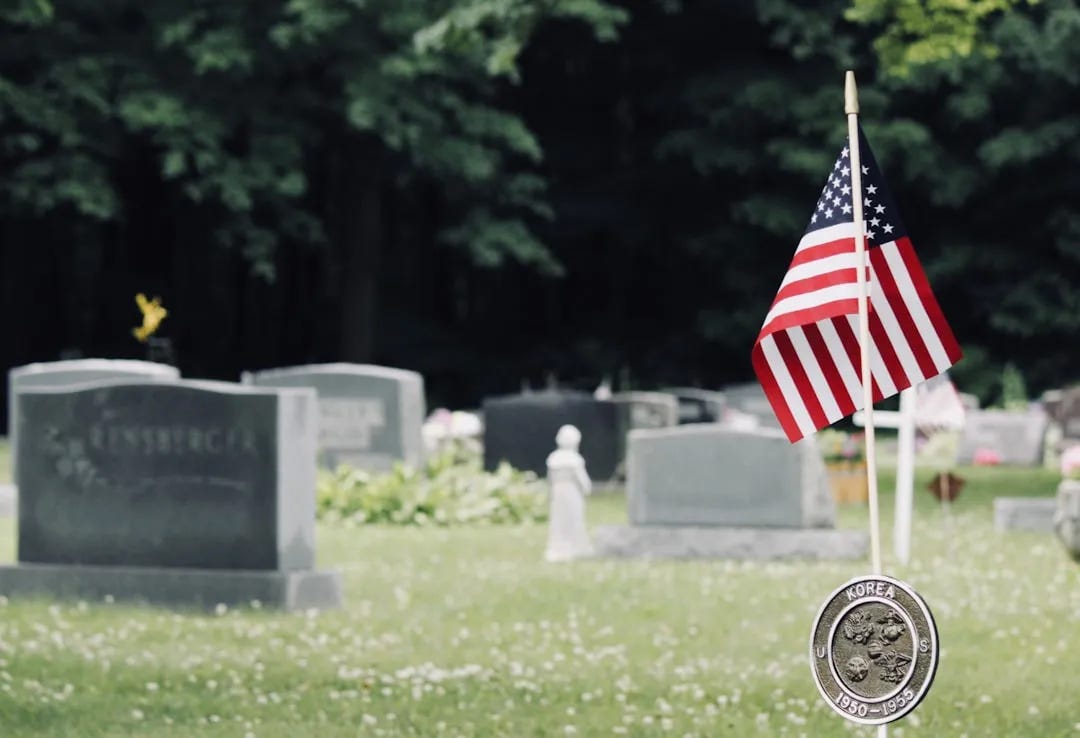A tale of 2 schools: York County spends less per pupil, shows better results than Williamsburg-James City County schools.
Happy weekend! Also today....Restaurateurs protest Williamsburg's proposed meals tax increase...James City County says it won't pay for new downtown library.
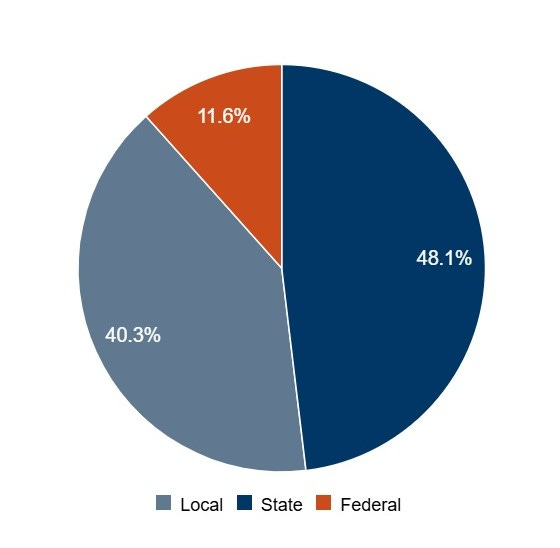
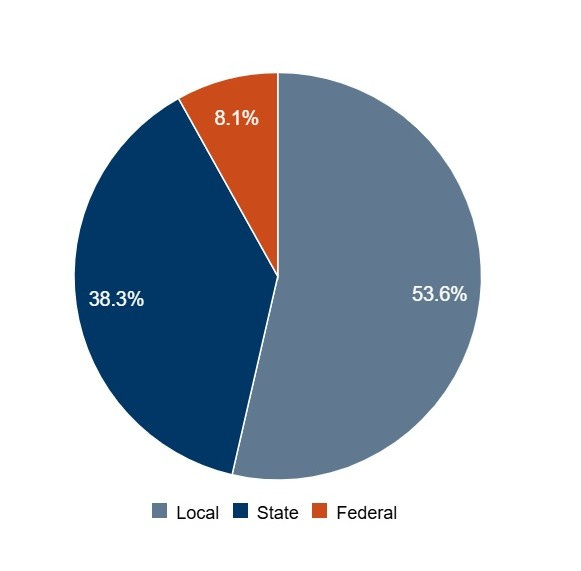
Does spending more money per student improve school results? Comparing York County schools and the Williamsburg-James City County schools suggests otherwise.
This is budget season in Virginia, and school administrators – like every other government official -- routinely seek more funding to pay for staff raises, program improvements and inflation.
Spending more on the schools, we are told, is an investment in the future and improves students’ education.
But comparing the two neighboring school systems’ statistics on the Virginia Department of Education website shows that isn’t always the case.
Neither York County nor WJCC schools spent as much per pupil as the state average of $15,573 in the 2022-2023 school year, the last year available on the state web site.
But at $14,413 per student, WJCC schools spent 14% more per pupil than York County’s $12,629. That spending includes federal dollars sent to the schools, which is higher in York because of the large military presence there.
Yet York County’s student achievement in the state’s standards of learning assessments is double digits above the WJCC results. The York school division consistently ranks among the top schools in the state and number one in the region.
“The superintendent and his team are good at putting the right people in the right positions and then continuing to develop them,” York School Chair Kimberly S. Goodwin said. “This trickles all the way down beyond our teachers. We try to hire and retain the best and provide what they need to do their job effectively.”
York does not pay teachers significantly more than WJCC schools do, and both rank low in regional teacher pay.
WJCC schools’ English reading pass rates were 78% in the last academic year; York County’s was 87%. The mathematics pass rates were 76% in WJCC schools and 86% in York.
Comparing the schools’ demographics or student-teacher ratio does not seem to explain the difference. Williamsburg-James City County Schools say 52.3% of their enrollment this year is white, 18.2% black, and 34% economically disadvantaged. York’s demographics from last school year, the latest available, showed its student population was 59% white, 14% black, and 30.1% economically disadvantaged.
WJCC Schools spokesperson Kara Walls told us the two systems are not alike. She said Augusta, Bedford, Fauquier, Frederick, Rockingham and Suffolk should be considered like the Williamsburg-James City County schools.
“Specialized student groups often require more intense staffing services and resources. Support – financial and personnel – vary by school to meet students’ needs where they are,” she said.
But even among those students who are minorities, have learning disabilities or are economically disadvantaged, York County consistently outperformed WJCC.
Black students in York County had a 75% pass rate in reading, compared to 61 percent in WJCC and a state average pass rate of 60%. Their pass rate in mathematics was also 75%, compared to 57% in the Williamsburg-James City County schools, which is on a par with the state average.
Economically disadvantaged students in York County had a 75% pass rate in English reading, compared to 60% in WJCC schools, and a mathematics pass rate of 75%, compared to 60% in WJCC and 58% statewide.
Students who are learning English had a 55% pass rate in English reading in York, but only 27% in WJCC schools and 33% statewide. In mathematics, these students had a 73% pass rate in York County, a 45% pass rate in Williamsburg-James City County Schools and a 42% pass rate statewide.
The York County school system has 19 schools compared to 16 in the Williamsburg-James City County system. York pays its teachers about $1,000 a year more, depending on their education and experience, but neither system pays near the top for Hampton Road schools.
Both school systems had about the same ratio of students to teachers in elementary school during the 22-23 school year, at about 13 students per teacher. In high school, York had a smaller ratio of students to teachers, at 12 students per teacher versus 15 per teacher for WJCC schools.
Restaurateurs blast Williamsburg’s proposed meals tax increase
Williamsburg restaurant operators turned out in force to protest a proposed increase in the city’s meal tax during a city council public hearing Thursday.
“We could be looking at ways to increase (tourism) attendance, to increase business, but raising and adding taxes will not do that,” said Mary Ellen Power Rogers, whose family owns the Cheese Shop and the Fat Canary restaurant.
They spoke after City Manager Andrew O. Trivette told city council he had trimmed some of his tax request, per their instructions. He proposed trimming the increase in meals taxes to 1.5%, cutting a third off the increase in lodging taxes to 2%, and setting up some exceptions to the admissions tax.
In addition, the city will provide a 2% dealer’s discount to restaurants, designed to offset increased credit card fees for the taxes they pass on.
In all, Trivette proposed cutting the impact of these taxes by $1.7 million.
Trivette proposed cutting $1.9 million from city expenses, including cutting borrowing for the downtown children’s park.
He also noted that homeowners will see their taxes increase by an average of 4.4% next year because of rising property values.
Several restaurant owners said the increased taxes placed a disproportionate burden on business owners, and they said the city should look at increasing property tax rates. Asked by Council Member Barbara L. Ramsey how much that would require, Trivette said it would require an increase of around four to five cents per $100 in appraised value.
Two key dates in the city budget process:
· May 5: City residents will get another chance to speak on the budget at a work session
· May 8: City Council is expected to approve the budget May 8.
Who’s paying for new downtown library?
Williamsburg Mayor Douglas G. Pons warned Thursday the new downtown library may have to be scaled back because the largest user of the Williamsburg Regional Library system “reneged” on a commitment to fund it.
James City County begs to differ.
Pons’ comments arose before city council voted unanimously Thursday to proceed with the next step in planning for the new city library to replace the current building on Scotland Street.
Council members voted to approve a $1.123 million agreement with Hourigan Construction Corporation to continue working on the project. The agreement is in two phases:
Phase 1, for which the council authorized spending $27,000, is for a public input process to be run by the contractor.
Should the city decide to continue, the balance of the $1.123 million would be spent for construction designs that would allow the contractor to set a fixed price for the building.
The preliminary estimate for the new library is $26 million, up from the $20 million the city originally expected.
James City and York counties, the other two members of the regional library, are not required to pay for the building under the current contract governing the library system.
“I guess the elephant in the room is how much library are we going to build since James City County has reneged, indicated they are not going to contribute to the downtown library,” Mayor Douglas G. Pons said. “So that changes…the amount of funds that we will have available.”
The current contract for library services places the responsibility for paying for a new building solely with the locality where the building is located – in this case, Williamsburg.
“James City County did not commit funding towards replacing the city’s downtown branch,” James City County Administrator Scott Stevens told us. He said a library working group of the three localities recommended replacing both the downtown library and building a third library in James City County and made funding recommendations at the time.
York County Administrator Mark Bellamy said York did not have any money in its current capital improvement plan designated for the library.
Both of the counties have said they want to renegotiate the library operating contract. Williamsburg and James City County are also in the throes of renegotiating the operation of their joint school system.
Taxes and budgets on the menu for the region next week
Local governments are honing their budget proposals for the 2026 fiscal year, which starts in July.
York County holds a public hearing April 15 on its proposed $200 million operating budget, which includes $8 million in tax increases and the first real estate tax rate increase in nine years. The meeting starts at 6 p.m. in the board room at York Hall, 301 Main Street Yorktown.
The Williamsburg-James City County School Board also meets next Tuesday to discuss its proposed budget, which faces cuts due to lower than requested funding from James City County. The meeting starts at 6:30 p.m. in the James Blair Middle School Gymnasium, 101 Longhill Road.
The James City County Economic Development Authority will also be discussing its budget for the new fiscal year on April 15, at 4 p.m. 101 Mounts Bay Road Building D Conference Room.
Guest Opinion Column:
Citizens should speak out against James City County’s spending spree
Link to today’s column here.
Energy demand will outstrip supply in Virginia as data centers proliferate
NoVa unemployment rate jumped 7.1% in February
Virginia Beach considers holding a referendum on voting system
Passings
Jerry Gregg Rivers Sr. 71, April 1.
Abigail Pedroza Navarro, 34, April 4.
Anna Grace Foster, 94, April 4.
James Earl Kendall, 66, April 5.
Patricia Ann Williams, 84, April 6.
William Michael McCoy, 71, April 8.
Natalie Labencki Canfield, 77, April 8.



